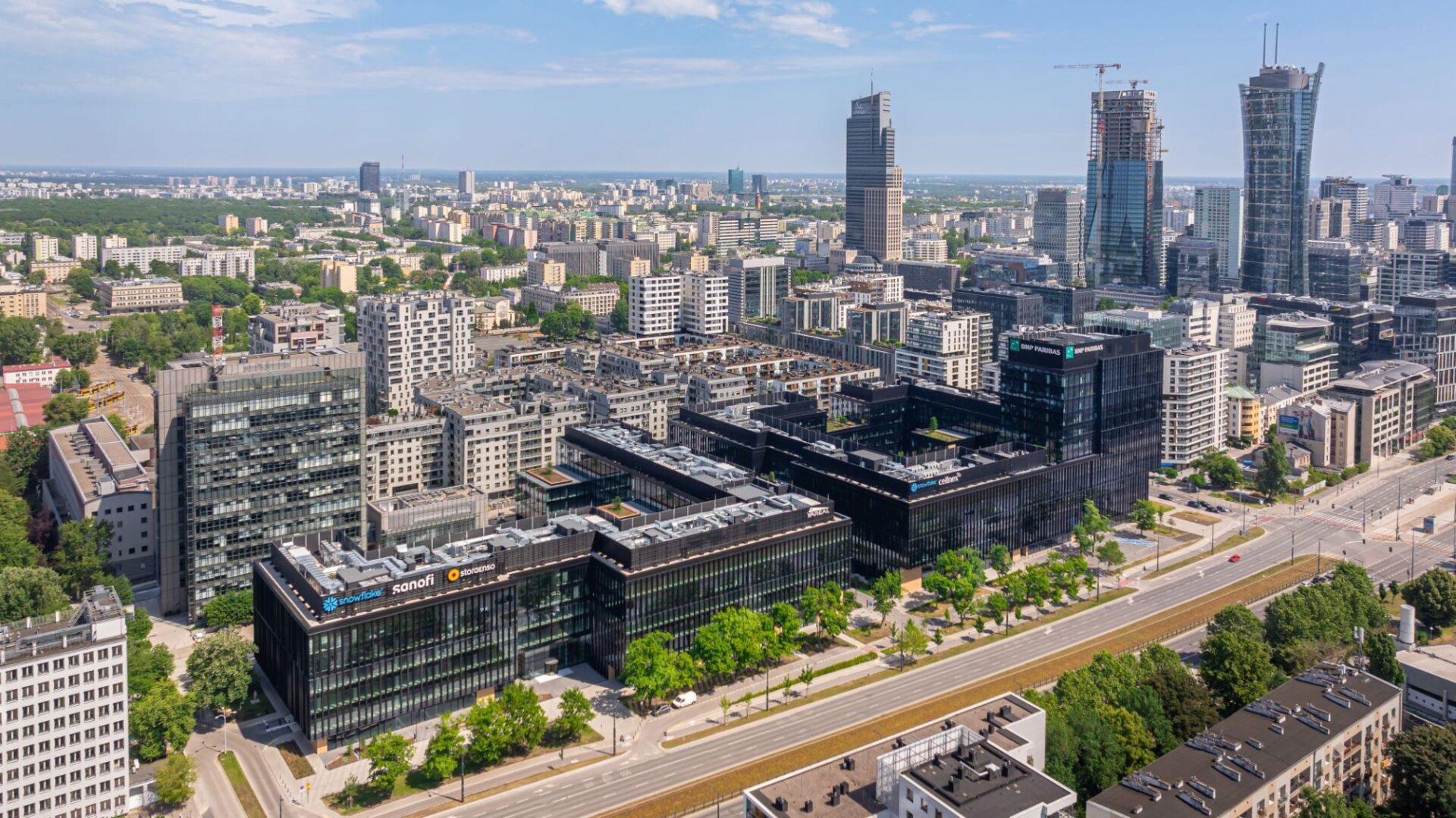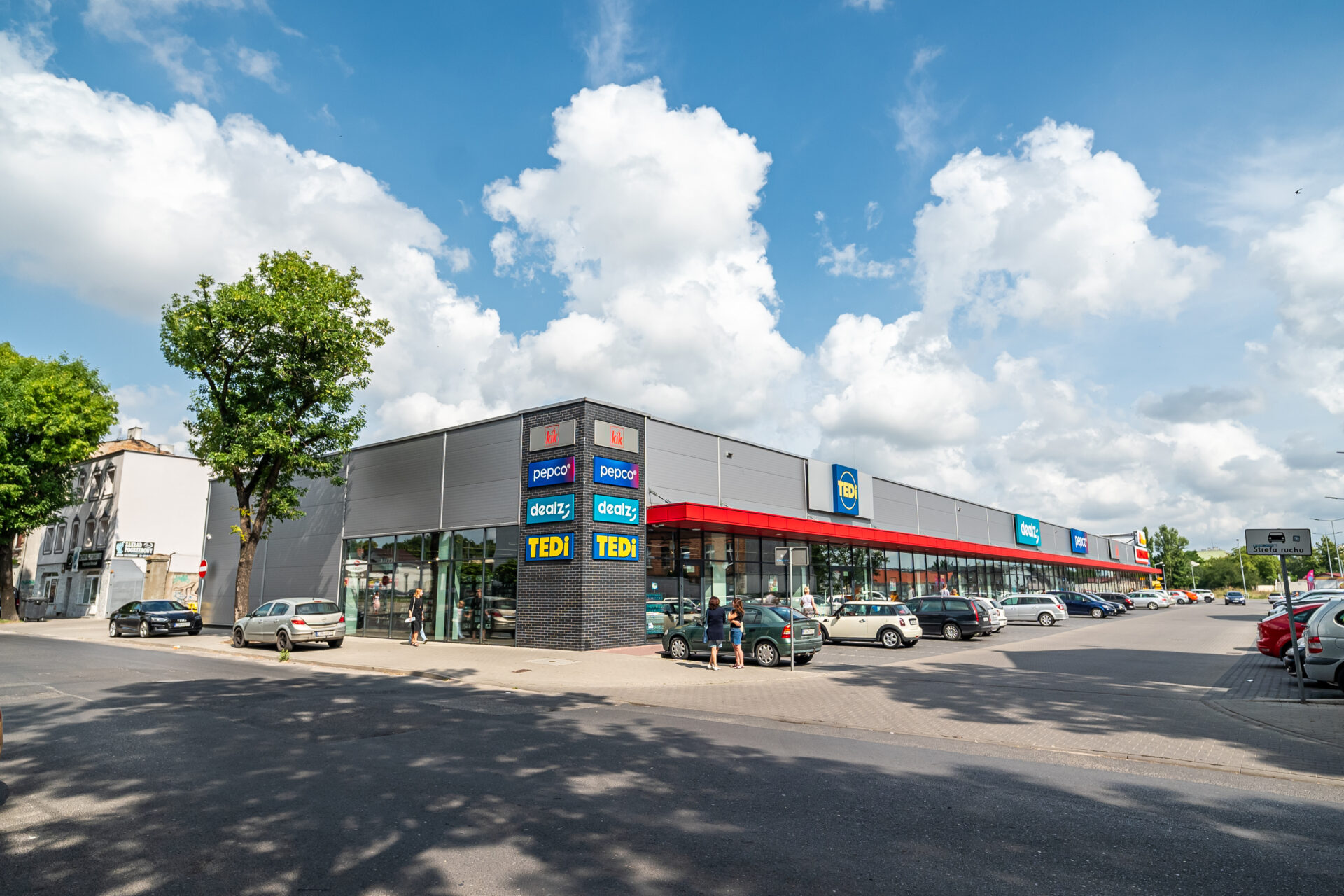The real estate and construction sector attracted approximately €1.2 billion of foreign direct investments (FDI) in 2022, as the share of this economic activity in the overall FDI stock stood at 17.2 percent at the end of 2022, according to data from the National Bank of Romania analyzed by the Cushman & Wakefield Echinox real estate consultancy company.
Under these circumstances, the real estate and construction sector became the third largest recipient of foreign capital in Romania, after industry (39.2 percent of the FDI stock) and trade (17.7 percent) and ahead of financial intermediation and insurance (13.2 percent). The total FDI flows in Romania were of €10 billion in 2022, with the FDI stock increasing to a level of €107.9 billion.
The FDI stock pertaining to the real estate and construction sector reached €18.6 billion at the end of 2022, recording the third highest growth rate among all economic sectors after industry (€32.6 billion in 2022 vs €29.4 billion in 2021) and trade (€19.1 billion in 2022 compared with €17.2 billion in the previous year).
The four major economic activities with the highest FDI positions had a 92.8 percent contribution toward its overall growth during the 2013 – 2022 period. In absolute terms, the industry went up by €13.1 billion (+45.3 percent compared with the end of 2013), trade by €12.7 billion (+198.8 percent), construction and real estate transactions by €12.3 billion (+196.5 percent) and financial intermediation and insurance by €5.7 billion (+66.8 percent).
The FDI position breakdown in greenfield enterprises in terms of the main economic activity placed construction and real estate transactions among the top three receivers, with a share of 18.2 percent of the total FDI in greenfield enterprises, after industry (28.7 percent) and trade (23.4 percent). Moreover, the contribution of those particular business sectors to the closing FDI position in this type of enterprise remained relatively stable throughout 2022 compared with 2021.
Foreign direct investment includes the paid-up capital and the reserves related to a non-resident investor holding at least 10% of the voting power or of the subscribed share capital of a resident enterprise, debt instruments between the investor or the group to which the investor belongs and the resident direct investment enterprise, as well as the reinvestment of earnings.
The consistent increase of the FDI flows in real estate and construction during 2022 also reflects the evolution of the total stock of modern commercial properties, with foreign investors being the largest owners of such properties in Romania on all market segments, owning more than 70 percent of the total stock at a national level.
Therefore, the real estate developers delivered new office, retail and industrial projects with a total area of around 1.1 million sqm in 2022, with the modern real estate stock reaching 14.9 million sqm at the end of last year. Furthermore, by taking into account the projects completed this year so far and those to be delivered by the end of 2023, the abovementioned stock will exceed 15.5 million sqm. threshold.
Vlad Saftoiu, Head of Research Cushman & Wakefield Echinox, said “If we also consider the foreign direct investments attracted by retail, investments totalling approximately €1.9 billion in 2022, the real estate sector has, directly and indirectly, benefited from a foreign capital inflow of more than €3 billion, a level comparable to that of the manufacturing industry (€3.1 billion). This positive dynamic once again illustrates the important role the real estate sector (through both domestic and foreign capital) has in the development of other economic sectors in Romania, a fact strongly confirmed by the significant expansion of all the real estate market segments during the past 10 years.”







